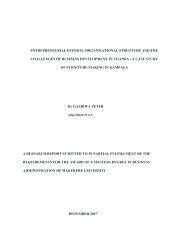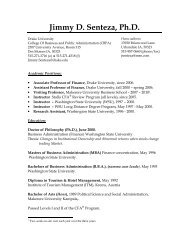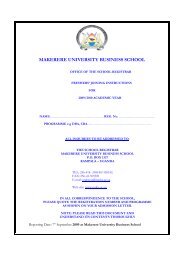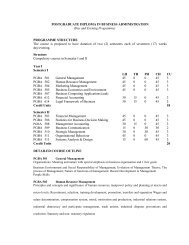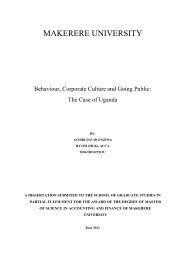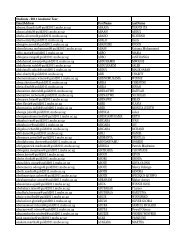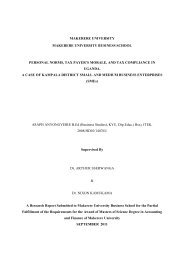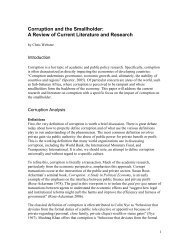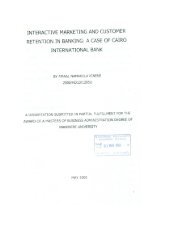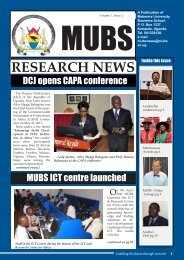13th Annual International Management Conference Proceeding
13th Annual International Management Conference Proceeding
13th Annual International Management Conference Proceeding
Create successful ePaper yourself
Turn your PDF publications into a flip-book with our unique Google optimized e-Paper software.
and Proactiveness but also attitude towards strategic planning processes that reflects the extent to which a<br />
firm practices business venturing.<br />
2.3 A Theoretical Model of Intrapreneurship<br />
Theoretically this paper is based on intrapreneurship research. Intrapreneurship is a concept closely related to<br />
entrepreneurship emphasizing the entrepreneurial process and innovativeness (Guth and Ginsberg, 1990).<br />
Intrapreneurship, however, takes place within the organisation (in this paper in small businesses). The<br />
intrapreneur acts like an entrepreneur in that he/she realizes his/her own ideas without necessarily being the<br />
owner of the enterprise. Intrapreneurship is here defined as an entrepreneurial way of action in an existing<br />
organisation. The basis of intrapreneurship is recognizing an opportunity, exploiting it and trusting that<br />
exploiting an opportunity in a new way that deviates from previous practice will succeed and support the<br />
realization of the organization’s aims and profitability.<br />
Research into the nature, prerequisites and effects of firm-level entrepreneurial activities has grown over the<br />
past 25 years. The seminal paper of Peterson and Berger on entrepreneurship in organisations (1972) sought<br />
to identify organizational and environmental factors affecting small business entrepreneurial activities.<br />
Miller’s (1983) paper was a key turning point in the research on firm-level entrepreneurship. After that<br />
researchers have used Miller’s theory (illustrated in figure 1) and research instruments to examine the<br />
linkages between environmental, strategic, and organizational variables, and a company’s entrepreneurial<br />
activities.<br />
In this paper the researcher explains Miller’s (1983) model, organized the prerequisites and outcomes of<br />
intrapreneurship, as well as the phenomenon of intrapreneurship into the following variables:<br />
1. The phenomenon of intrapreneurship<br />
a) A-type: venture creation and innovation<br />
b) B-type: strategic renewal<br />
2. The prerequisites of intrapreneurship<br />
a) <strong>Management</strong> activities<br />
b) Organisation culture<br />
c) Organisation setting<br />
d) Skills and attitudes of employees<br />
3. The organisational outcomes of intrapreneurship<br />
a) Customer satisfaction<br />
b) Job satisfaction<br />
c) Financial performance<br />
The model that displays the interrelationships and the hypothesis is displayed in figure 1<br />
47



